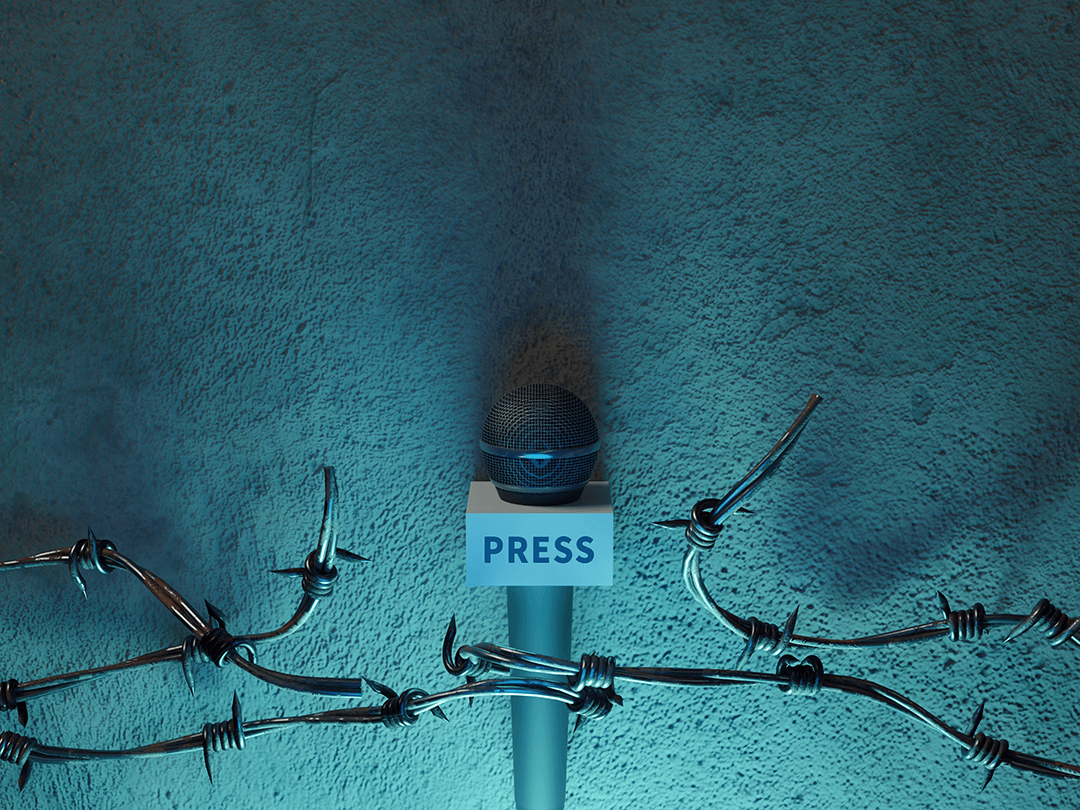I talked with Pendygraft and Moyer about the strong conceptual direction of the images and how they worked together to pull off something so intricate.
Sara Quinn: How does collaboration work between you two on projects like this?
John Pendygraft: The end result is often something that couldn’t have come out of just one of our heads. One idea rolls into another idea that rolls into another idea. And the end thing is just the cool end of a process, rather than a pre-vision.
How were the images made?
Pendygraft: The idea from the beginning was to make these ‘in camera.’ Not to use Photoshop — more as a point of pride, rather than anything else.
I photographed the actual paintings, using really large files — these were used to make backgrounds on six-foot canvases. It took a couple of weeks to do that.
Moyer: I worked with a modeling agency to find the right people to match the artwork and securing the (very expensive) jewelry. I had the museum catalog and we marked ones that we thought we could re-create. John focused on creating the canvases with the Times art department, the lighting, of course other parts of the set. There were many, many trips to the museum.
How many frames did you make for each photograph?
Pendygraft: Certainly less than a hundred. These were done digitally. I thought about doing them on 4 by 5. But digital has come to a point where it looks stupendous.
Moyer: By using digital, we were able to look at placement — the exact position of her hands. We had 8×10 prints of the original on the studio walls so that the model would know how to stand, or how to tilt her head.
Everything was so detailed. John would stay the night before to get the lighting and everything just right. So, by the time we came in we were ready to go at 7 a.m. We staggered (the production of) these photos over three weeks or so.
Did you have to get some sort of copyright permission?
Moyer: The works are either owned by the museum or on loan. We worked with the museum public relations department at the very beginning. We wanted to make sure that we had their blessing.
There was the news aspect of their opening (a new wing). So, it was a showcase for the museum without being so literal. It was a way to celebrate the artwork.
“READING,” Berthe Morisot, 1888
The model seems to have become part of the canvas here. How did that came about?
Pendygraft: One of the important factors in this piece was deciding how much to paint to add and at what point to stop. At one point, we were thinking: “OK, do we give her normal makeup, or do we smear her lipstick — (so that) her face is more textured?
In the beginning, we didn’t have her hair painted. We had to figure out where the line was. In the first frames, the wig was unpainted. We just added enough on top so that it would blend into the painting. John (Corbitt, from the Times art department) sat there with the painting next to (the model) and he kept adding and adding and adding.
When it was almost fully painted we thought, “That looks pretty cool.”
TORSO OF APHRODITE, Roman, AD Second Century
What did you use to try to imitate stone?
Moyer: We tried a body stocking, we tried a leotard, then we went and found this fabric (sort of a netting or gauze) in the back of the studio.
Pendygraft: Our first try really didn’t look like a statue. The makeup really wasn’t working. So we put on our thinking caps and came up with this approach. We used duotene (a black fabric that sort of soaks up the light) behind her and over her arms and neck. It took a lot of time to set the fabric so that it looked just right.
There are three spot grid lights positioned to bring out curves. The lighting on this one was a bit of a long process.
Moyer: It was good to keep a print of the original with us, so that we could make the position work — make her hip throw at a good angle. And adding the material at the end made it a bit more elegant. It was trial and error. But after we put that on, we realized that was right.
“WOMAN IN WHITE,” Franz Xaver Winterhalter, 19th Century
This was the first of the images that you created, and you mentioned that it was a learning experience. Why is that?
Pendygraft: For one thing, I think the artist might have taken a slight liberty with the way the hand is positioned. I may be wrong. But it was awkward. If you drew a line from where the elbow disappears and the hand comes back in, I think for a human being to have to pose that way would be uncomfortable.
Moyer: I don’t know if we ever got her positioned right. We fussed a lot over this one.
“JULIE LEBRUN AS FLORA,” Elisabeth Vigee-Lebrun, 1799
This one looks very complicated? What did it involve?
Moyer: This one, in particular, turned out really nice. It was probably the most elaborate set. Not only was the canvas in the background, but we had a big fan blowing and we had two or three people holding fish wire, too, to make sure that the scarf was exactly placed. Rogerio Martins (the costume designer) made the dress and the wreath, the basket and scarf.
Pendygraft: We ended up having about six people doing things, you know, holding the scarf and directing the fan. It was really cool, because the energy in the studio was great.
It’s my favorite. But this was the one that we worked on frantically the night before until 1 or 2 a.m. … and by 10 a.m., we had it. That’s a pretty short period of time. Seeing something come out after hard work makes you like it all the more.
“POPPY,” Georgia O’Keefe, 1927
This image was on the cover of the magazine. What made it special?
Moyer: That is one of my favorite paintings. Overall, this was the one I felt was the most creative. We had to really kind of reach in our brains to figure out how to do this, to make it come “alive.”
Pendygraft: Yeah, when we’re sitting around a table saying, “We’re gonna make a dress look like a flower, and then we’re going to have a human being as the stamen.” Everybody was excited about it, but everybody was saying: Can we really do that? Can we pull that off?
What advice do you have for people trying to collaborate on conceptual work?
Moyer: I think it takes trust and professionalism. Early in this process we had this conversation and it stuck in my head: If you have something to say, say it. You’re not going to hurt my feelings. And I didn’t feel like I was going to hurt John’s feelings.
And so you get this out in the open and then you find a solution and you move on. It’s just trying to get the best image, or the best presentation out there.
You have to have a connection. And I think that was established.
ABOUT THE NICHE PUBLICATION:
Bay Magazine is distributed six times a year to between 40,000 and 45,000 homes in certain upper-income neighborhoods in Pinellas County, Florida. It is inserted into the Sunday paper. Launched late in 2007, Bay‘s content is geared toward lifestyle, fashion and homes. Like many new, niche editorial products, the magazine is intended to harness new ad revenue.
As art director for Bay, Suzette Moyer feeds much of the creative and editorial vision for the publication and enlists both freelancers and Times news staffers in the work. I was intrigued by John Pendygraft’s perspective on the publication:
“I consider myself more of an editorial photographer and that’s where my passion lies.” said Pendygraft. “… I like the documentary, social journalism style of photography more. But everybody knows that this industry needs to branch out. This (magazine) is not only a great product, but it’s an income stream — you know? And that helps the newsroom.
“It’s an all hands on deck endeavor for the newsroom — which makes me really want to knock it out of the park,” he said.





